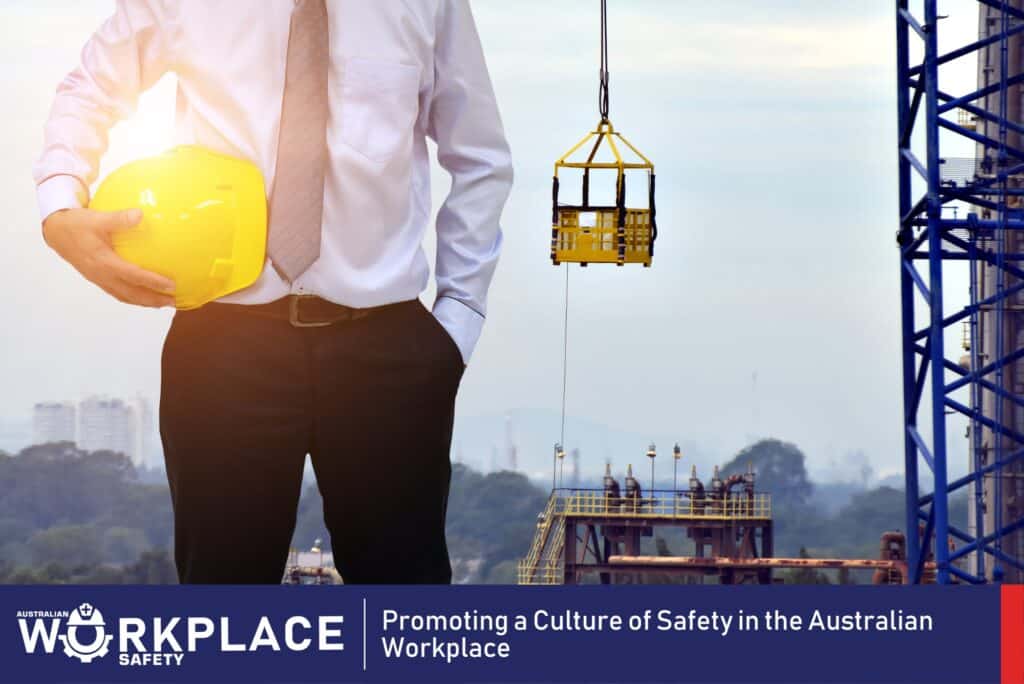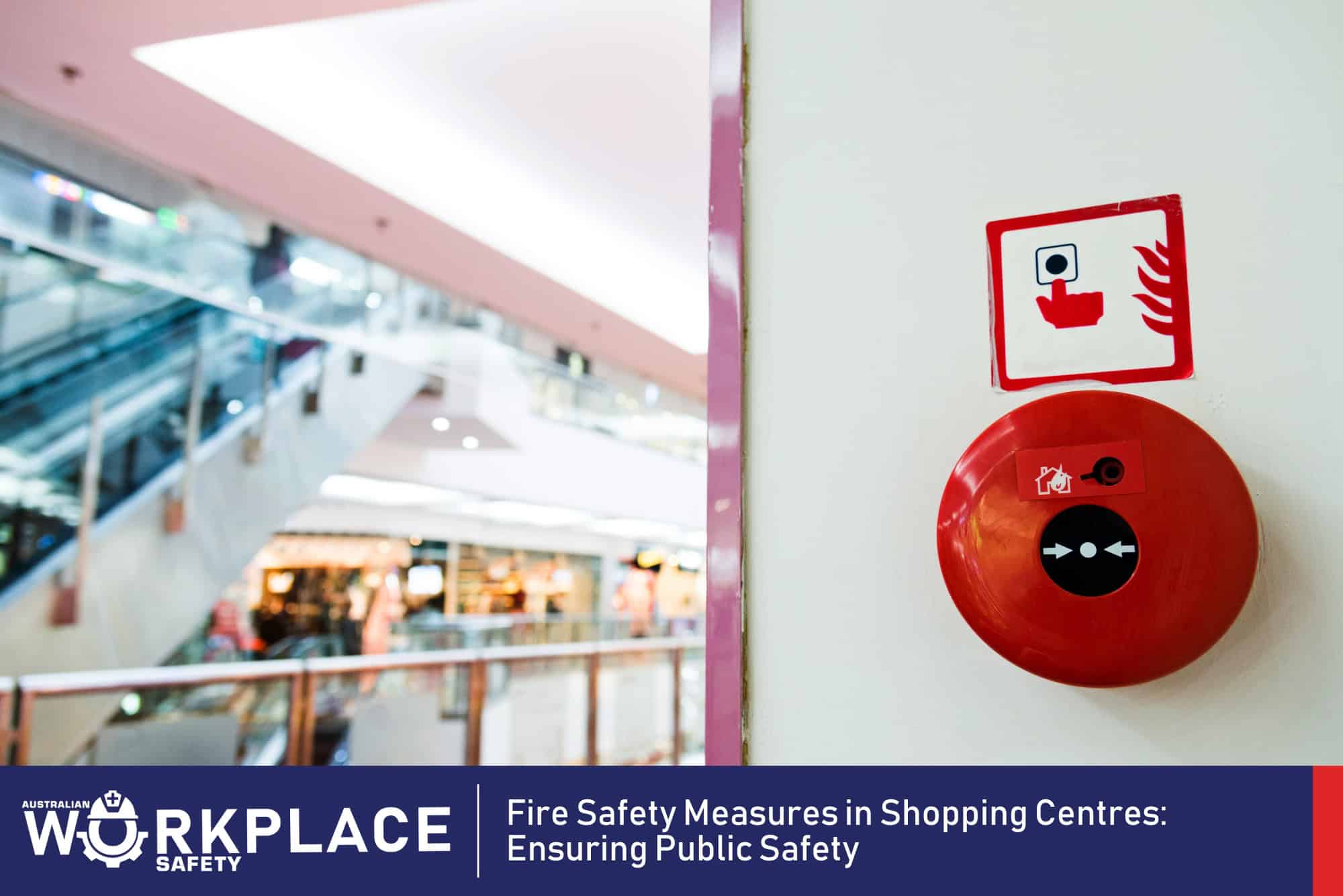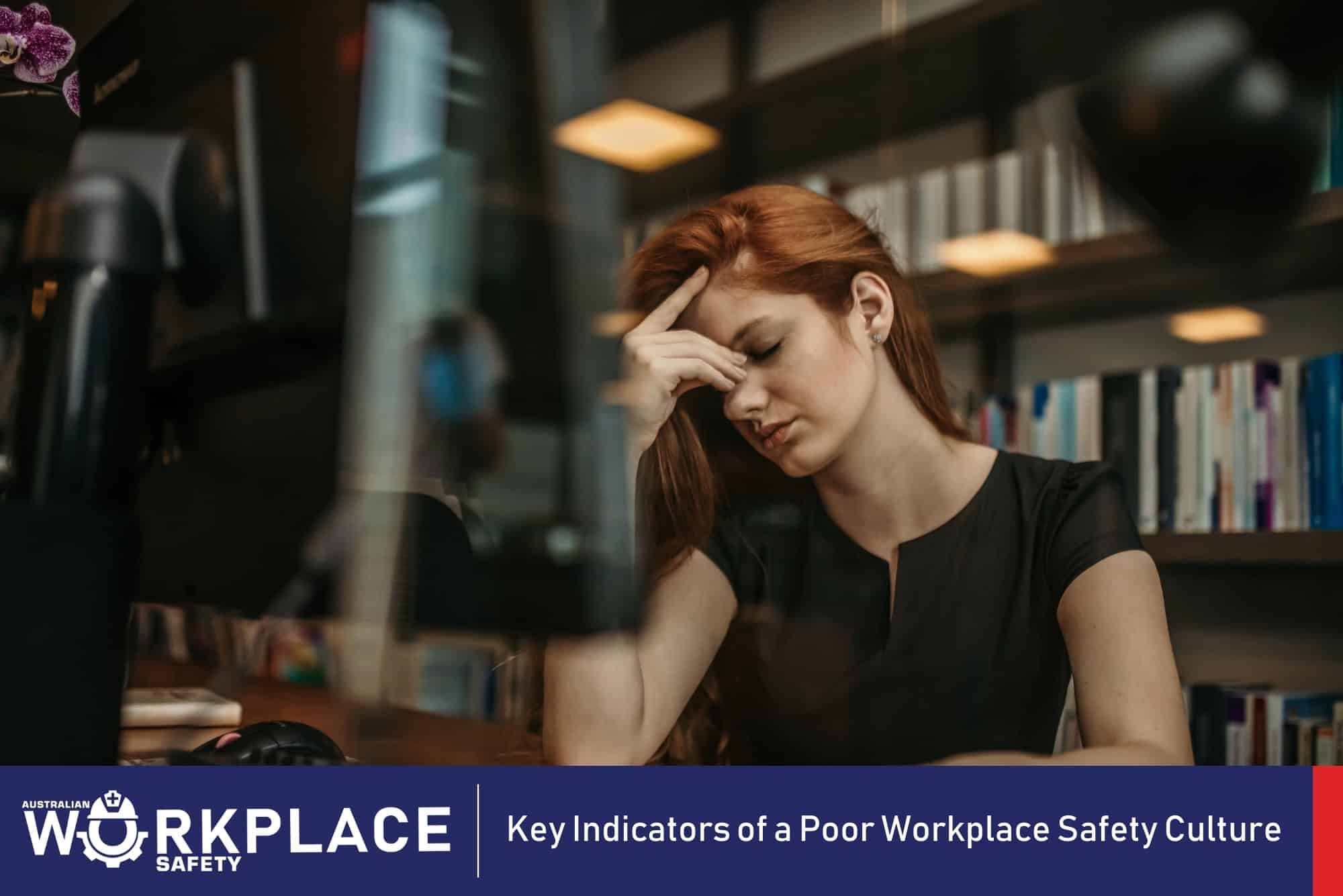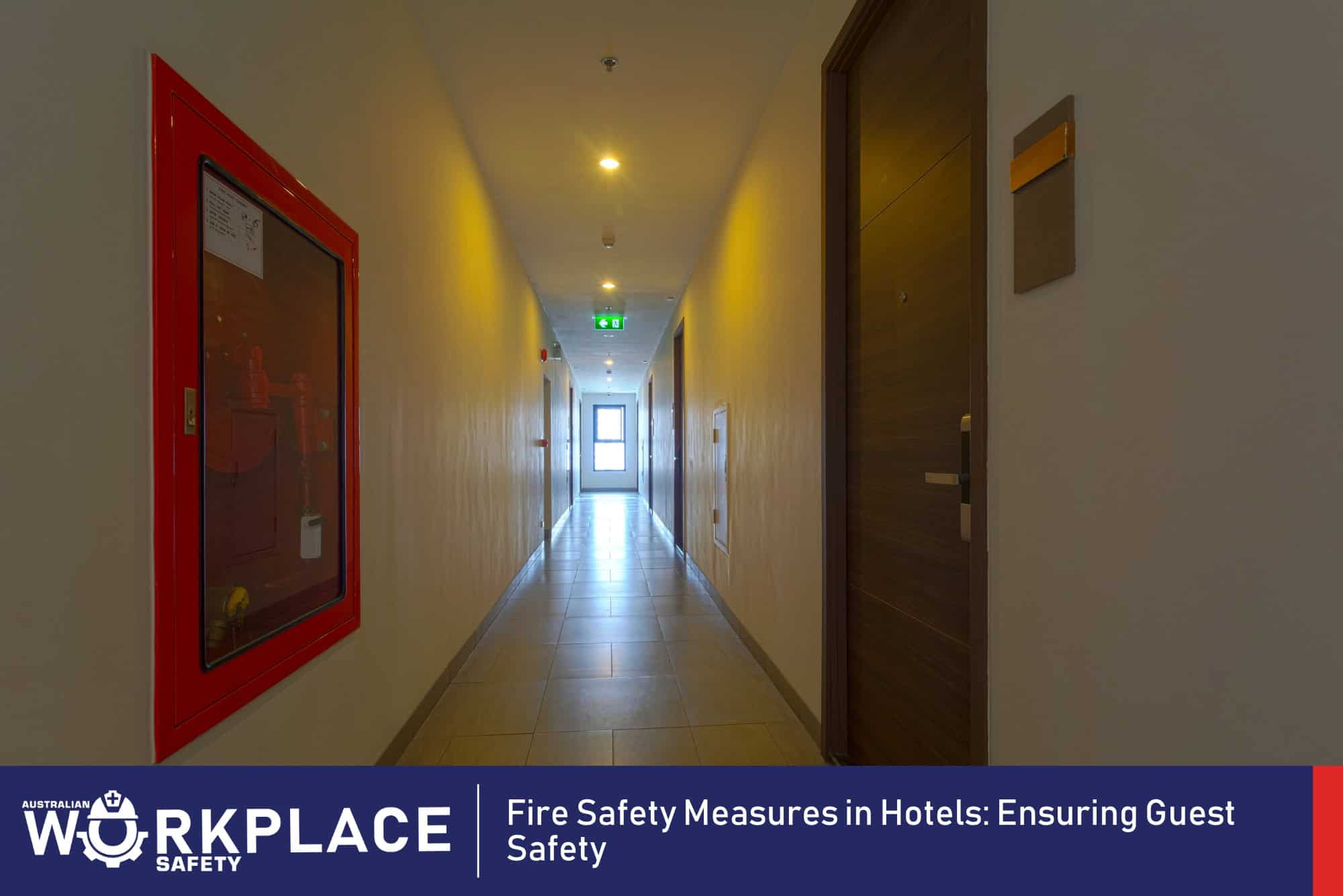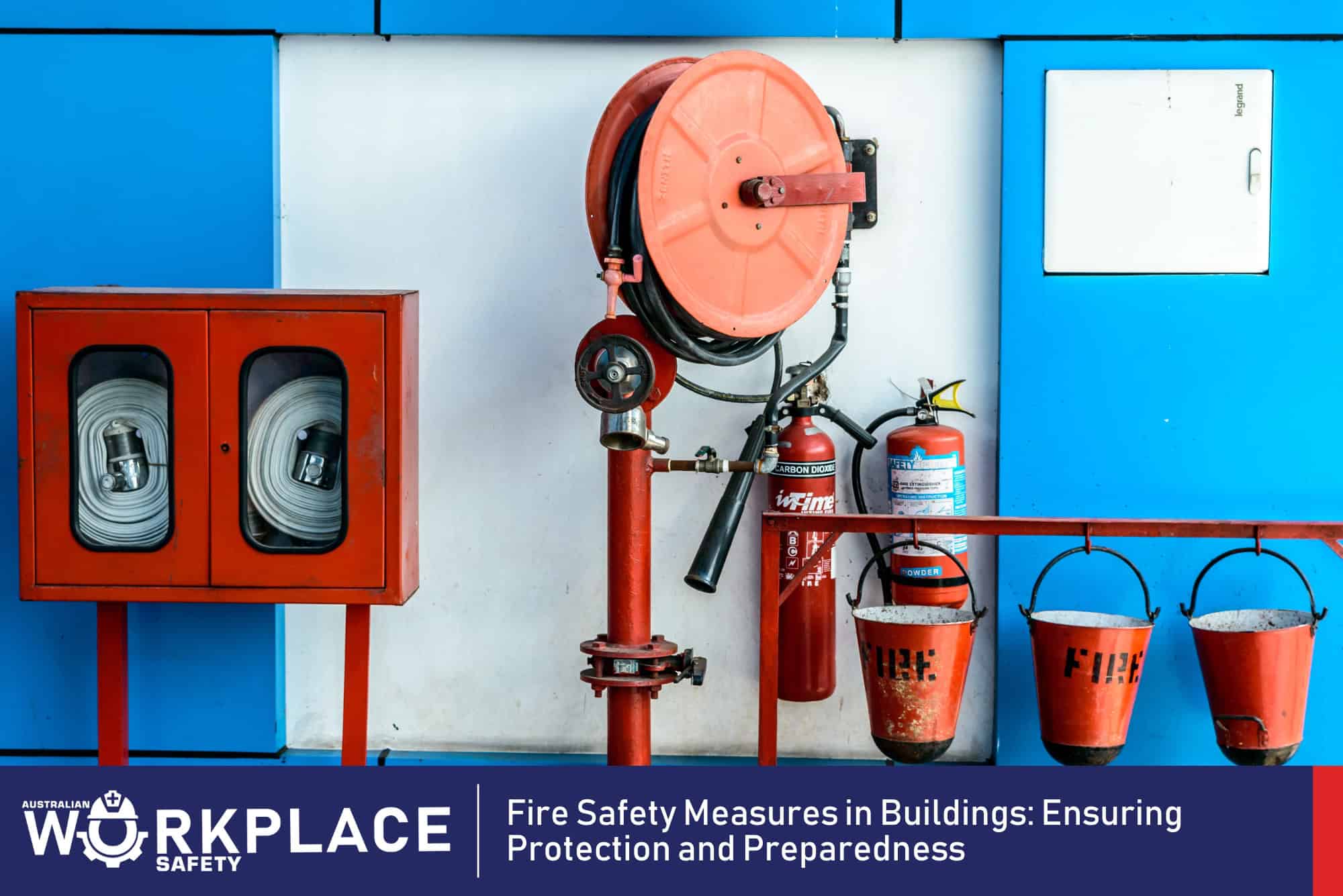Creating a culture of safety is vital for ensuring the well-being and protection of employees in the Australian workplace. A strong safety culture involves not only implementing safety policies and procedures but also fostering a mindset where safety is valued, prioritised, and integrated into every aspect of work. This article will discuss the importance of promoting a culture of safety in the Australian workplace and provide some strategies to achieve this goal.
Promoting a culture of safety goes beyond mere compliance with regulations. It involves creating an environment where employees feel safe, supported, and empowered to actively contribute to their own safety and the safety of others. This culture encompasses the beliefs, attitudes, and behaviours that prioritise safety as an integral part of daily operations.
Understanding the Importance of Safety Culture
A strong safety culture has numerous benefits, including reduced workplace accidents and injuries, increased productivity, improved employee morale and satisfaction, and enhanced organisational reputation. It demonstrates an organisation’s commitment to the well-being of its employees and contributes to a positive work environment.
Leadership Commitment and Employee Involvement
Leaders play a pivotal role in shaping and promoting a culture of safety. They must demonstrate visible commitment to safety by integrating it into their decision-making processes, allocating resources for safety initiatives, and leading by example. Additionally, involving employees in safety initiatives through safety committees, regular safety meetings, and encouraging their input fosters a sense of ownership and shared responsibility for safety.
Clear Safety Policies and Procedures
Having well-defined safety policies and procedures is essential for promoting a culture of safety. These policies should be easily accessible, clearly communicated, and regularly reviewed and updated. Employees should be trained on these policies and understand their roles and responsibilities in maintaining a safe working environment.
Training and Education
Providing comprehensive safety training and education is crucial for equipping employees with the knowledge and skills necessary to identify and mitigate hazards. Training should be tailored to specific job roles and hazards present in the workplace. Regular refresher training sessions can reinforce safety practices and ensure that employees stay informed about new developments or changes in safety procedures.
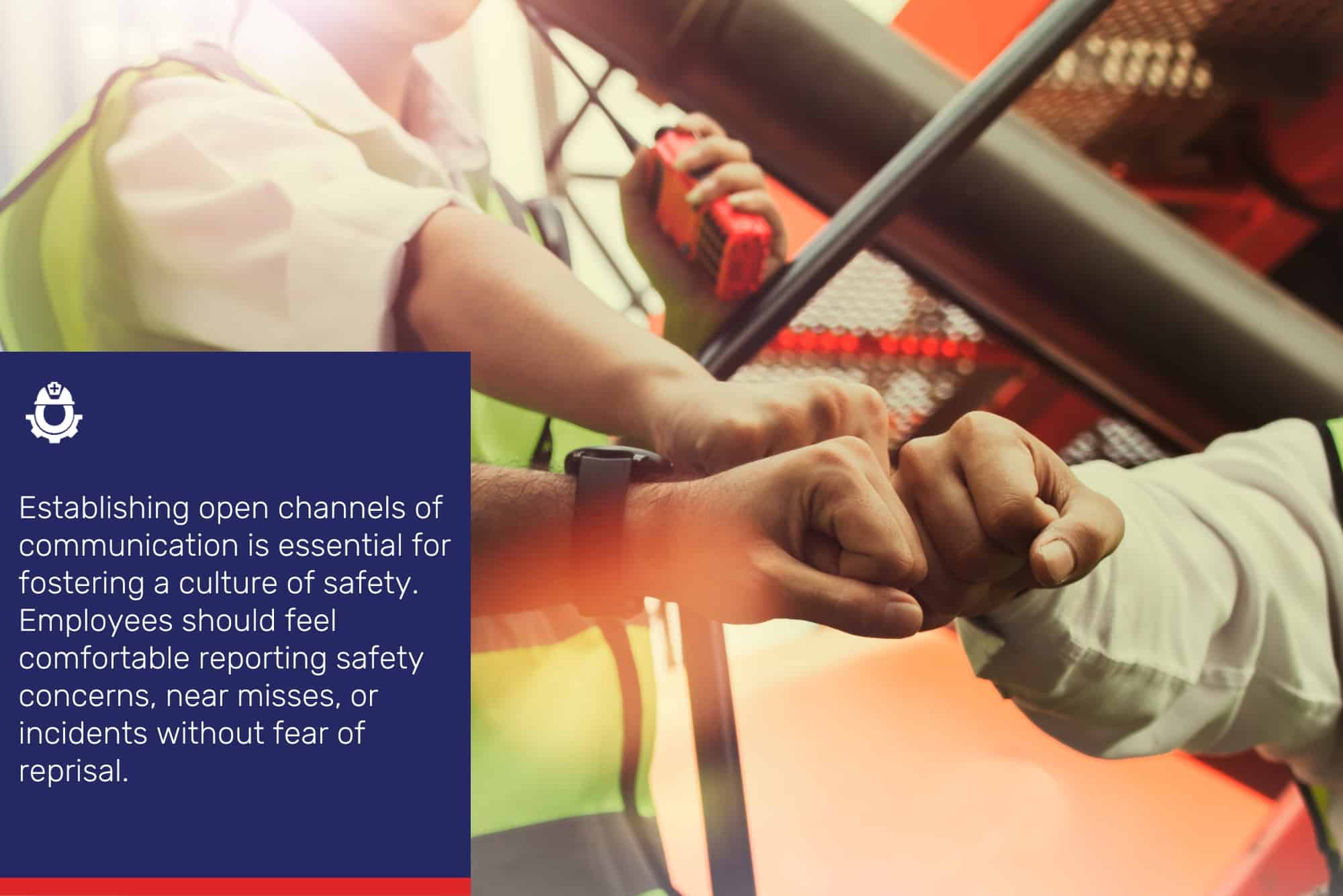
Open Communication and Reporting
Establishing open channels of communication is essential for fostering a culture of safety. Employees should feel comfortable reporting safety concerns, near misses, or incidents without fear of reprisal. Implementing anonymous reporting mechanisms, safety suggestion boxes, or online platforms can encourage employees to actively participate in identifying hazards and proposing safety improvements.
Recognition and Rewards
Recognising and rewarding safe behaviours and achievements can reinforce a culture of safety. This can include acknowledging individuals or teams who consistently adhere to safety protocols, actively participate in safety initiatives, or contribute innovative ideas to improve safety. Incentives such as bonuses, certificates of recognition, or extra time off can motivate employees to prioritise safety.
Continuous Improvement and Evaluation
Regularly evaluating the effectiveness of safety programs and initiatives is crucial for continuous improvement. Conducting safety audits, inspections, and incident investigations can help identify areas for improvement and implement corrective actions. Encouraging feedback from employees and conducting safety surveys can also provide valuable insights into the strengths and weaknesses of the safety culture.
Conclusion
Promoting a culture of safety in the Australian workplace is essential for protecting the well-being of employees and creating a positive work environment. By emphasising leadership commitment, employee involvement, clear policies and procedures, comprehensive training, open communication, recognition and rewards, and continuous improvement, organisations can establish a safety culture that becomes ingrained in every aspect of work. Ultimately, fostering a culture of safety benefits both employees and the organisation as a whole
Disclaimer: The information provided in this blog is intended for general informational purposes only. The safety practices outlined are based on general principles and may not address specific workplace conditions or legal requirements. It is important for employers and employees to consult with relevant occupational health and safety authorities, legal professionals, and industry-specific guidelines to ensure compliance with applicable laws and regulations. Every workplace is unique, and safety practices should be tailored to specific circumstances and risks. The author and publisher of this blog are not liable for any damages or losses that may arise from the use or implementation of the information provided.
